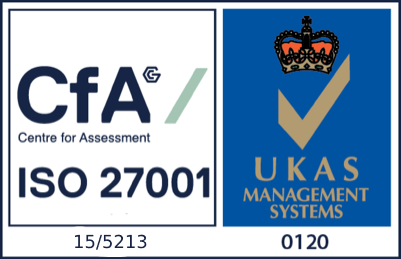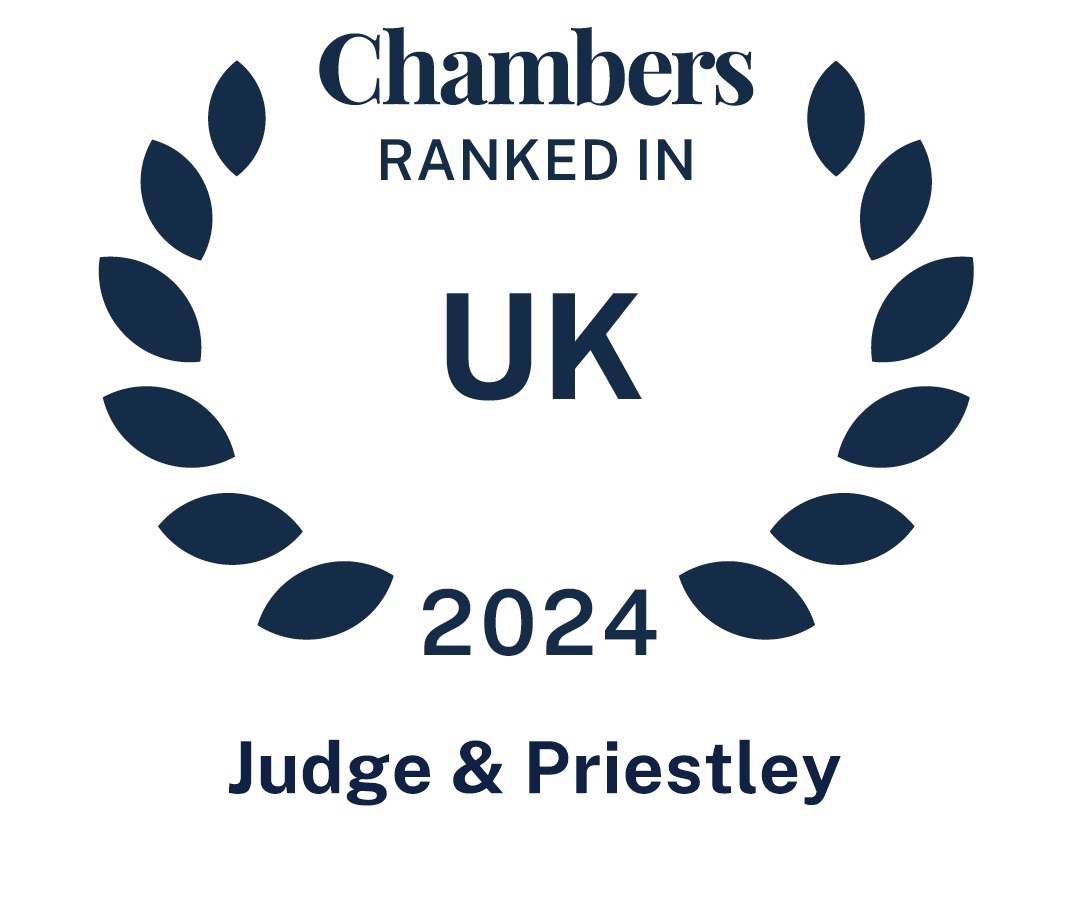- Bromley020 8290 0333
Determined Boundary Dispute Case Resolves Jurisdictional Question
Melvyn Roy Bean and Penelope Jane Saxton v Howard Katz and Benjamin Katz [2016] UKUT 168 (TCC) is a determined boundary dispute case that has given rise to an important jurisdictional question.
That is: what is the jurisdiction of the Land Registration Division of the Property Chamber, First-tier Tribunal (FTT), in relation to referrals by Land Registry under the Land Registration Act 2002 s.73(7)? The Upper Tribunal, Tax and Chancery Chamber (UT) considered this at length during the appeal following the previous decision in Murdoch v Amesbury [2016] UKUT 3 (TCC) which also dealt with the jurisdiction of the FTT in a disputed determined boundary case.
The applicants in the Bean v Katz case (who subsequently went on to appeal) sought to define a boundary between two properties in Shropshire. The plan they relied on complied with Land Registry technical requirements and the FTT found it to be enough to decide the boundary apart from a section at the front. The plan showed this front section to be curved but the FTT judge determined that this boundary should not be curved but in fact be at a right-angle.
The case went to appeal as to the front section only with the appellants arguing that the curved boundary was correct because either there was a boundary agreement in place or there was a presumption that the plan was right. The appeal was successful on the basis that there was evidence a boundary agreement was in place and the UT judge re-made the decision of the FTT, directing the Chief Land Registrar to complete the original application as if the objection had not been made.
But the main point of interest of the Bean v Katz case relates to the UT’s determination of the FTT’s jurisdiction. The UT judge was emphatic that, not only that the FTT had had jurisdiction to make the order it did, but also that the UT had jurisdiction to re-make the FTT’s decision.
J Cooke said: “I think it is important that I make it clear that the First-tier Tribunal has jurisdiction to dispose of determined boundary references, such as the one in this appeal, where the objection is not to the quality of the plan but to what the plan say about the boundary and where therefore it is necessary to look at the title to the properties concerned. If that were not so, then the First-tier Tribunal would be unable to follow the scheme of the Rules […], which require a determined boundary application to be assessed not only on the accuracy of the plan … but also on whether the line on the plan is in fact the boundary. The latter is a question about title (to the land on either side of a claimed line).”
The UT judge said that the Murdoch v Amesbury case was fundamentally different from the Bean v Katz case. She said that Murdoch was not binding with regard to jurisdiction of the FTT in disputed determined boundary applications, except where the accuracy and technical quality of the plan is in question and an application is rejected on those grounds.
The appeal was successful because the FTT decision was made in error; not because the FTT lacked jurisdiction to make a decision. The UT judge concluded: “The appeal as regards the Front Section is successful, but not because the First-tier Tribunal lacked jurisdiction to make the direction she [the judge] did as to the Front Section; there was jurisdiction to make it, but the appeal is allowed on the basis that the decision was made in error as to fact and law in so doing.”
For further information please contact Mark Oakley on 0208 290 7337 or email moakley@judge-priestley.co.uk









